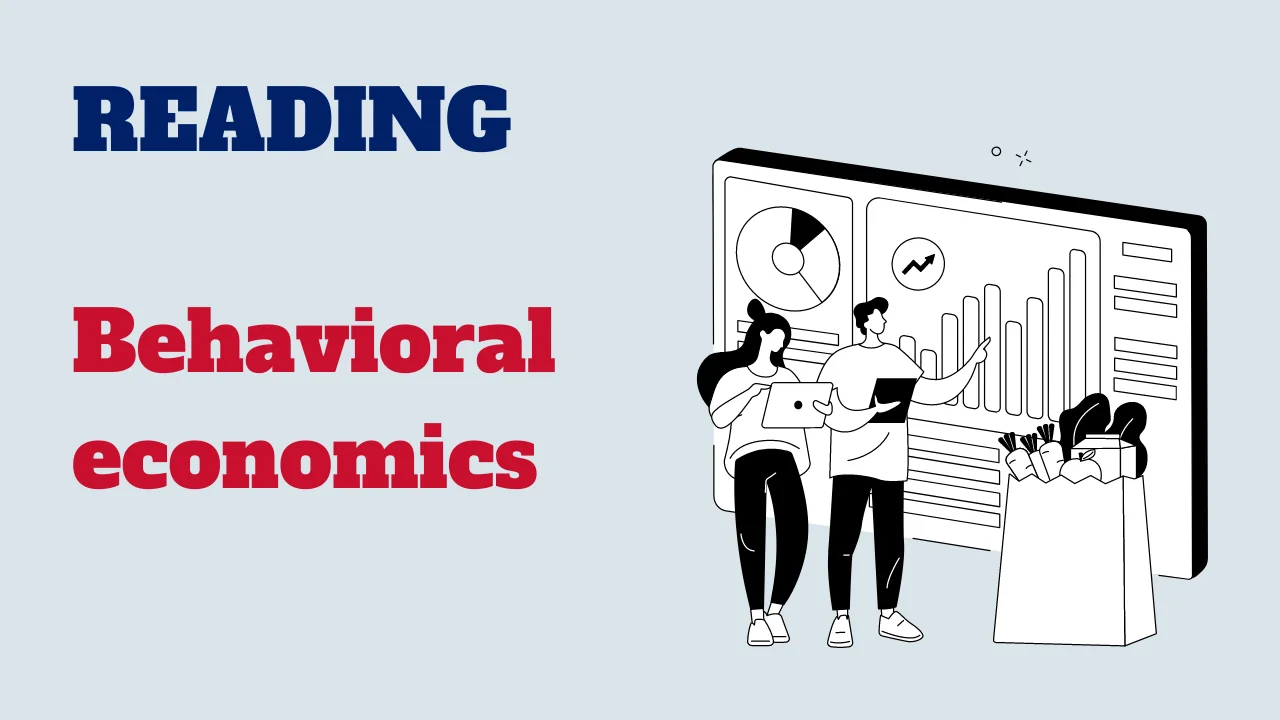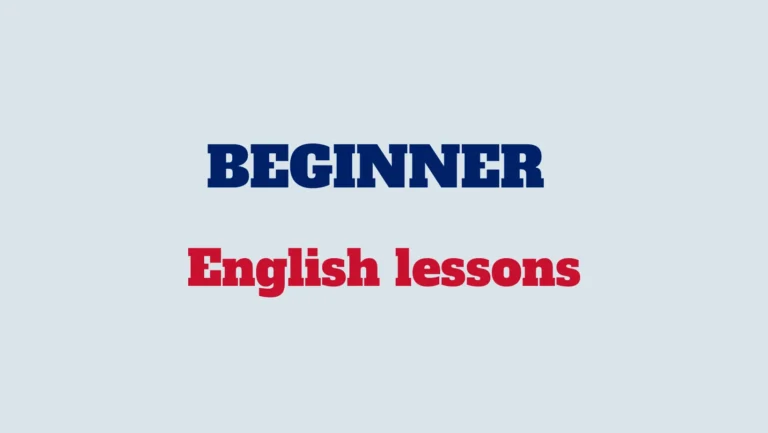Welcome to a new passage about behavioral economics, an interesting field that blends insights from psychology, neuroscience, and economics to understand how individuals and institutions make decisions. In this reading activity, we will study the history, principles, and development of behavioral economics, shedding light on its evolution as a subfield of economics.

By the end of this activity, you will have a deeper understanding of the factors that influence decision-making and how they deviate from traditional economic theories.
Text: Behavioral economics
Behavioral economics is a field of study that blends insights from psychology and economics to understand how individuals make decisions that deviate from those predicted by traditional economic theories. Unlike classical economics, which assumes that individuals are rational agents who always act in their best interest, behavioral economics recognizes that humans often behave in ways that are irrational, influenced by cognitive biases, emotions, and social factors.
One of the foundational concepts in behavioral economics is bounded rationality, introduced by Herbert Simon. This concept suggests that individuals are limited by the information they have, their cognitive limitations, and the finite amount of time they have to make decisions. As a result, they often resort to satisficing—choosing an option that is “good enough” rather than optimal.
Another key idea is prospect theory, developed by Daniel Kahneman and Amos Tversky. Prospect theory posits that people evaluate potential losses and gains relative to a reference point rather than in absolute terms, and they tend to be loss-averse, meaning that the pain of losing is felt more intensely than the pleasure of gaining. This theory explains why individuals might irrationally avoid risks in some situations and take excessive risks in others.
Behavioral economics also examines heuristics, which are mental shortcuts that people use to make decisions quickly. While heuristics can be useful, they often lead to systematic biases. For example, the availability heuristic causes people to overestimate the likelihood of events that are more easily recalled from memory, such as dramatic news stories.
Nudging is another important concept within behavioral economics, popularized by Richard Thaler and Cass Sunstein. Nudges are subtle changes in the environment or the way choices are presented that can significantly influence behavior without restricting freedom of choice. Examples include automatic enrollment in retirement savings plans and the placement of healthier foods at eye level in supermarkets.
Behavioral economics has profound implications for public policy, marketing, finance, and many other fields. By understanding the true drivers of human behavior, policymakers and businesses can design better interventions and products that align with how people actually think and act, leading to improved outcomes and well-being.
Comprehension questions
Congratulations on completing the exploration of behavioral economics! By learning about its history, principles, and development, you’ve gained valuable insights into the interdisciplinary nature of this field and its significance in understanding human decision-making. As behavioral economics continues to evolve and shape economic research and teaching, remember to critically analyze its implications for economic theory and practice. Keep exploring and questioning to deepen your understanding of behavioral economics and its impact on society.



